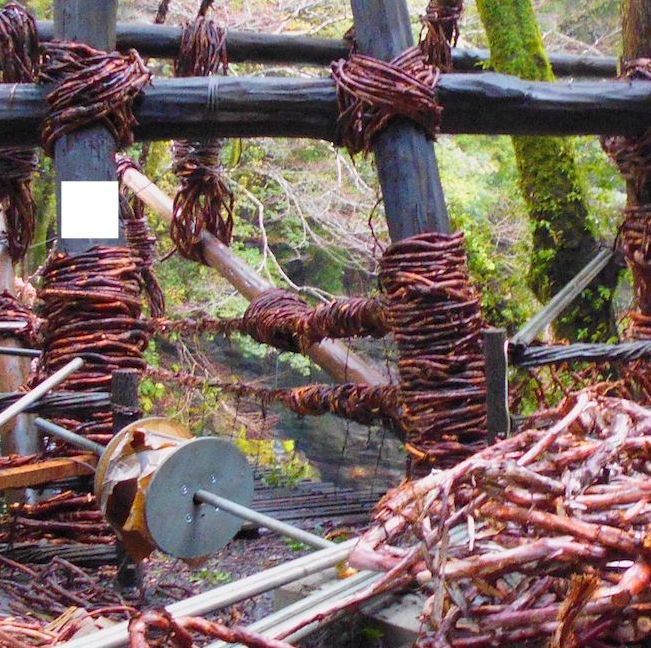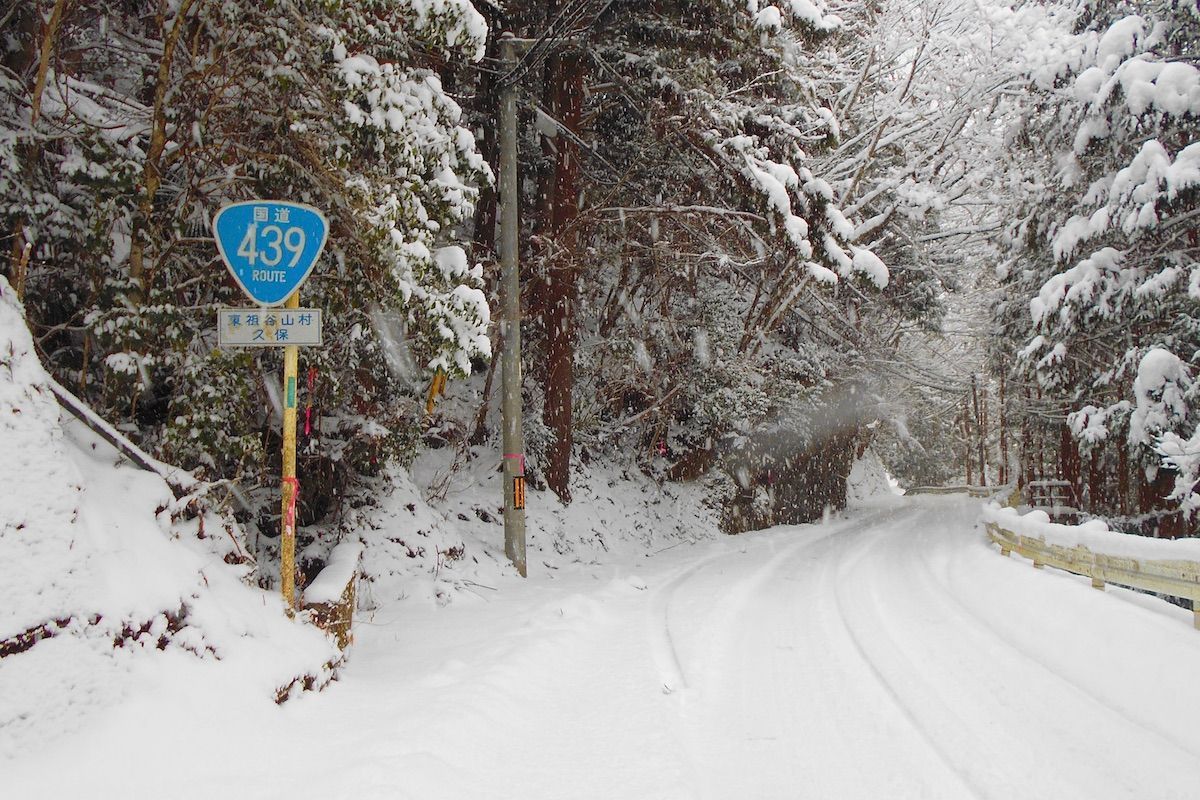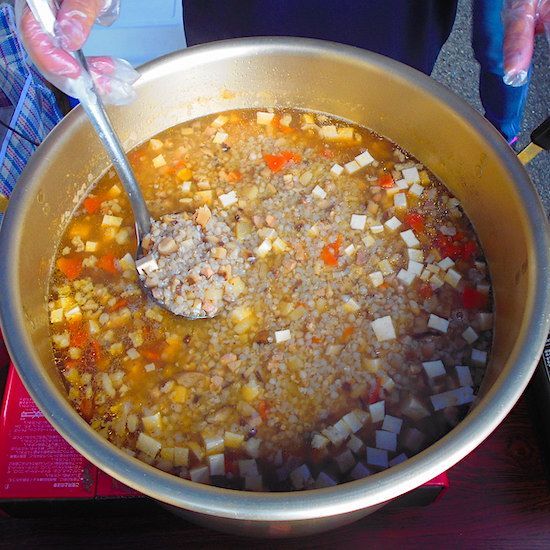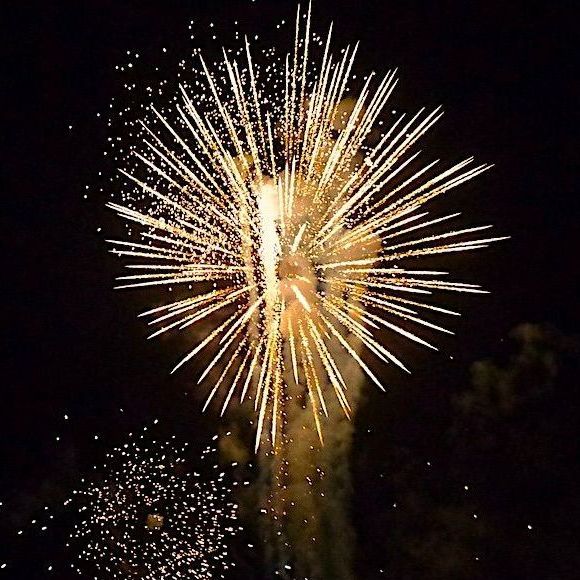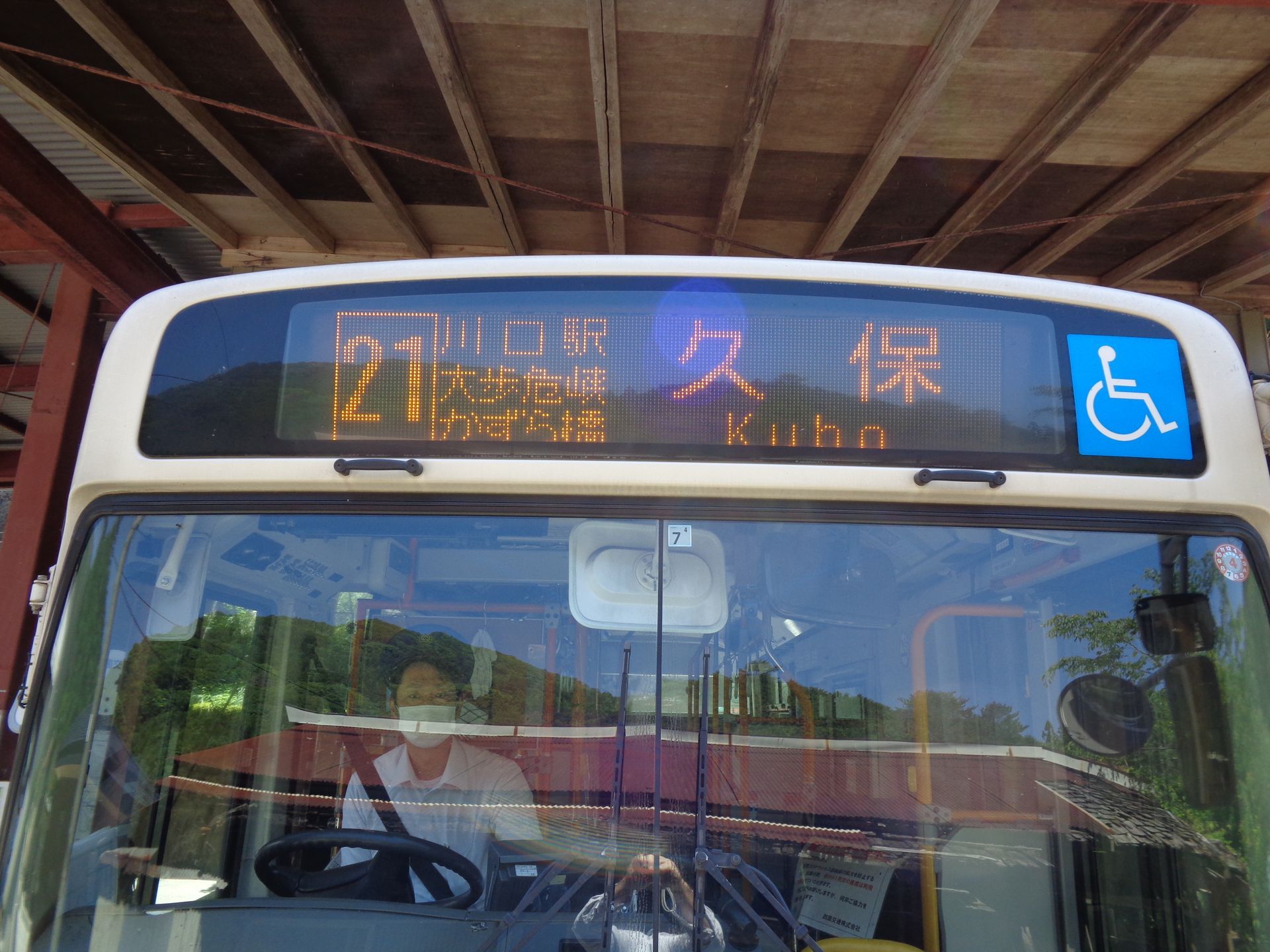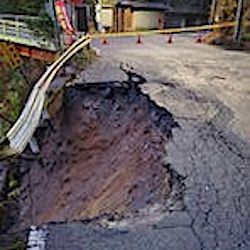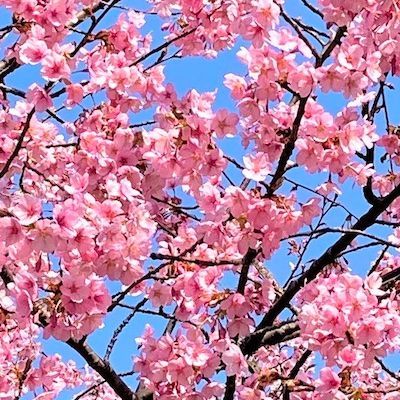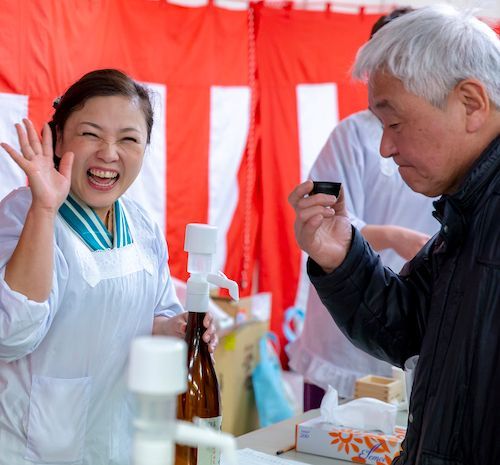Nishi-Iya "Rain Dance" Added to UNESCO Heritage List
The Nishi-Iya Jindai Odori awarded UNESCO status!
On November 30, 2022 at their annual meeting, the United Nations Educational, Scientific and Cultural Organization (UNESCO) announced that a group of 41 different traditional Japanese "furyu-odori" folk dances would be included in their Intangible Cultural Heritage list.
Among the 41 ritual dances from across the country that were chosen, only one from the entire Shikoku region was in the group, and this is the ancient Jindai Odori "Rain Dance" of the Nishi-Iya part of the Iya Valley, which is within Tokushima Prefecture's Miyoshi City.
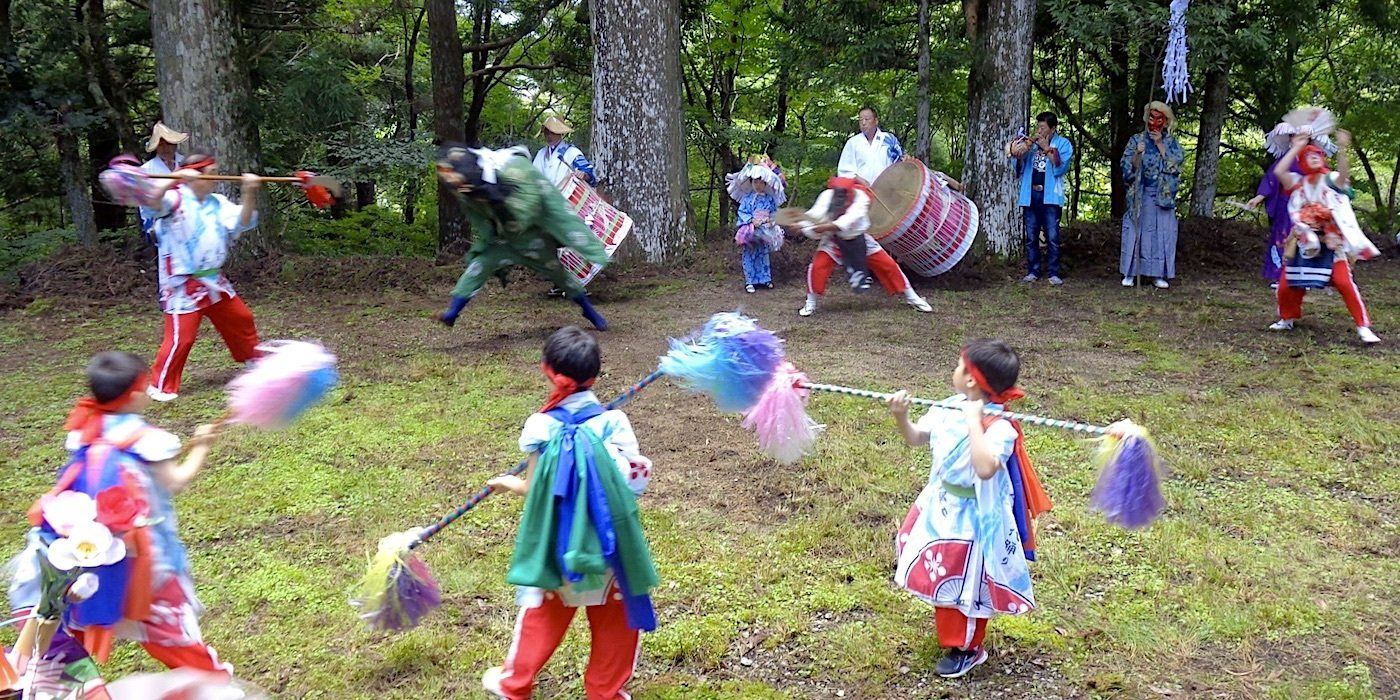
The Jindai Odori dance has been performed for over 1100 years in the Iya Valley with its roots stretching back to an era of severe drought. At that time, all across the Shikoku region a special ritual dance was created and then performed in hopes of creating rain.
Though an important part of local culture at the time for many areas, over the several centuries since being created the original dance either merged into a different dance in many places or just simply faded into oblivion. But it is understood that the Jindai Odori dance performed in Nishi-Iya is still the original dance and this is the only place the dance has been continuously performed since its inception in the 9th century. (a bit of a testament to how cut off from the rest of the world the Iya Valley has been.)
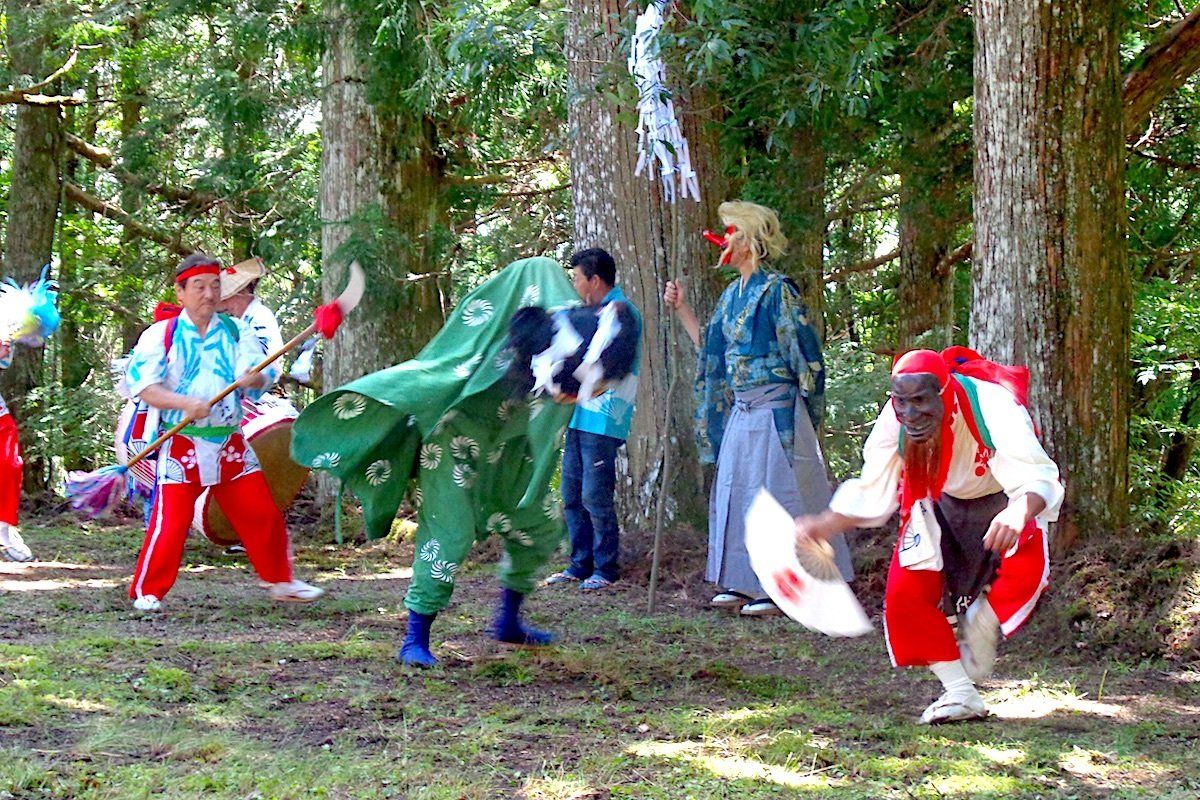
For the dance, local children and adults wear bright and colorful costumes, and are led by masked performers to the thunderous rhythm of giant drums and blowing conch shells. Surrounded by massive old-growth cedar trees, watching this spectacular ritual feels like stepping back in time.
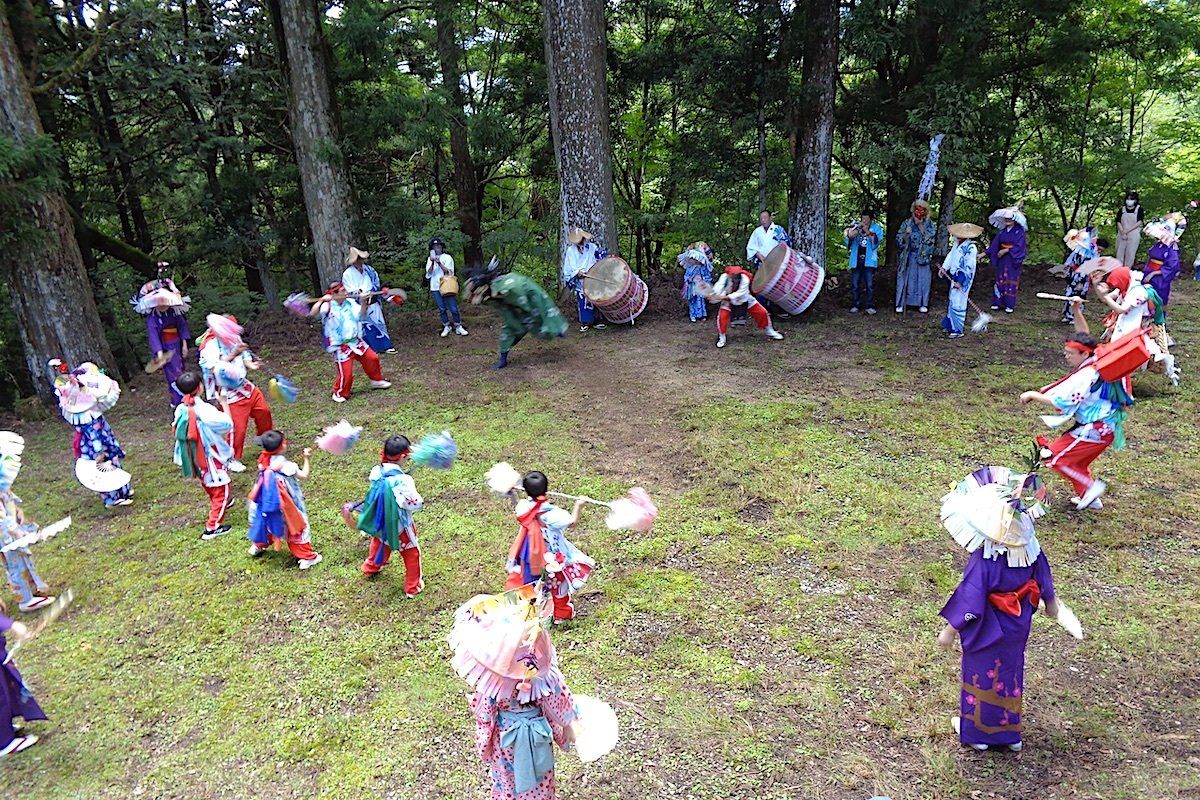
How to see the Nishi-Iya Jindai Odori
The Jindai Odori dance is held annually each summer at the mountain top Zentoku Tenmangu Shrine, which is enclosed in the dense forest of central Nishi-Iya. The exact date of the event changes each year because it is based on the traditional Lunar Calendar.
On the Lunar Calendar (aka Chinese Calendar) the date is the 25th day of the 6th Lunar Month, which in 2023 is August 11, and in 2024 is July 30.
(*note: if interested in coming Aug 11, understand that this is coincidently a National Holiday called Mountain Day, and marks the start of the traditional O-Bon holiday period, so it is a popular and busy time to travel for Japanese people).
The event usually starts at about 9:00am for an initial performance down at the mountain in a small parking area along the main road, about a half kilometer from the Iya-no-Kazurabashi Vine Bridge in Nishi-Iya. If arriving early, you can see the performers put on their colorful costumes to prepare for the dance.
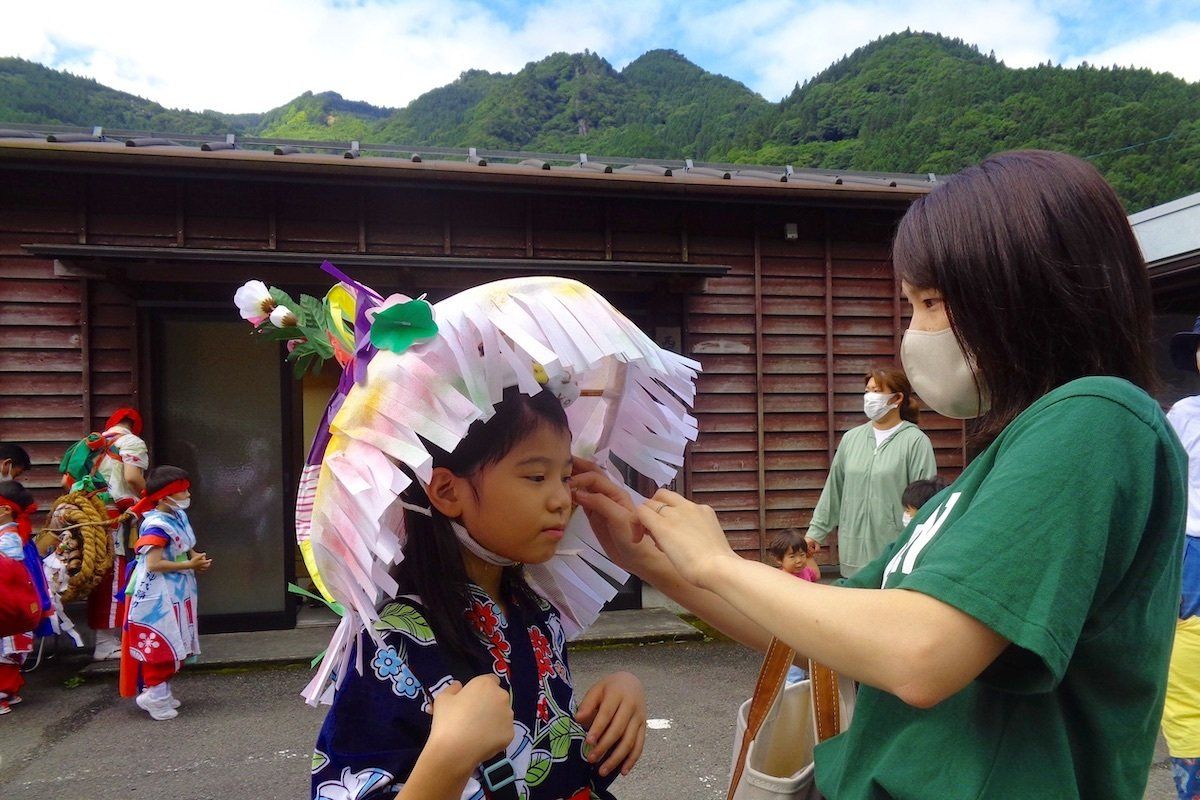
After this first shortened performance at the roadside, the dancers all head up to the Zentoku Tenmangu Shrine on the mountain top, which is about a 15 minute drive up a steep and curvy narrow road. Then after a ritual blessing at the shrine, the dance is performed in its entirety starting about 10:00 or 10:30am.
However, in light of the dance's new UNESCO status, there may be a possibility that the exact starting time may change, as well as the location of the initial performance. As the date becomes closer we will update the details for the event on our Event Calendar page. Check the Jindai Odori listing there for maps, access, and other information about the dance.

